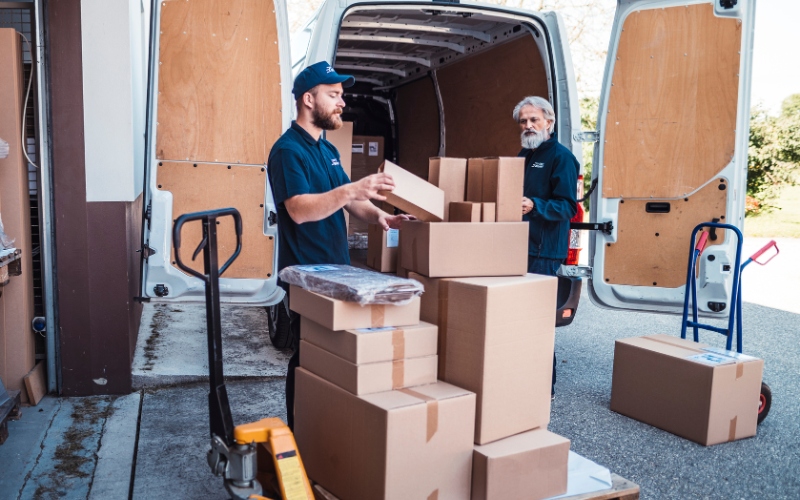Amazon is successfully marching toward making same-day or next-day delivery the standard for Prime loyalty club members.
Recently Amazon said it reached an important milestone in that direction. So far this year, the company delivered 1.8 billion packages to US Prime members on the same or next day, around four times the speed in 2019.
Over the past four years, Amazon has invested money and resources in revamping its warehouses and delivery network, reducing delivery times from two days to less than one day. Those efforts were stalled by supply chain and labor market challenges during the COVID-19 pandemic, but the launch of new warehouses and other improvements to the company’s operations have nearly returned to normal delivery speeds.
Amazon announced last quarter that it achieved the “fastest speed in Prime history.”
Udit Madan, Amazon’s vice president of transportation, said one of the company’s biggest changes in the past year was the creation of a nationwide “hub-and-spoke” fulfillment network that can transport packages through multiple facilities across the country. The company has moved to a model that divides the country into eight smaller regions and stocks frequently ordered items at local facilities.
Expedited delivery is notoriously expensive, and a logistical challenge, and businesses typically lose money on delivery. However, Amazon’s changes have reduced costs and improved delivery speeds, Madan said.
“Our fastest speeds are the most economical,” he said. Madan added that Amazon’s “cost of entry” has decreased because of fewer miles driven and fewer handoffs. Amazon cuts the distance goods travel from the warehouse to the customer by 15%, and he says it cuts the number of “touchpoints” — the number of times a package is handled — by 12%.
The company is also seeing improvements in machine learning technology that can better plan where and how much inventory to store in warehouses, resulting in faster turnaround times. According to Amazon, more than half of Prime orders are delivered the same day or the next day in the 60 largest metropolitan areas in the United States.
Faster deliveries have typically encouraged shoppers to buy more from Amazon than from their neighborhood retailers or big retailers like Best Buy.
Madan said, “We have always found that by offering faster speeds, we can draw the attention of customers who are actually considering a purchase from us. What we are seeing is increased engagement and purchases from our customers.”
Amazon is introducing more so-called “same-day locations.” This is a small building near a metropolitan area where the company processes, sorts, and distributes products from a single location. For these purposes, the company traditionally operates various facilities. H. Separate fulfillment centers, sorting centers, and distribution stations.
While same-day stores have millions of items in rotation to match customer purchases in the area, typical warehouses are much larger and have a more random selection of items. Madan said, “Amazon plans to double the number of same-day sites on its network over the next two years.”
